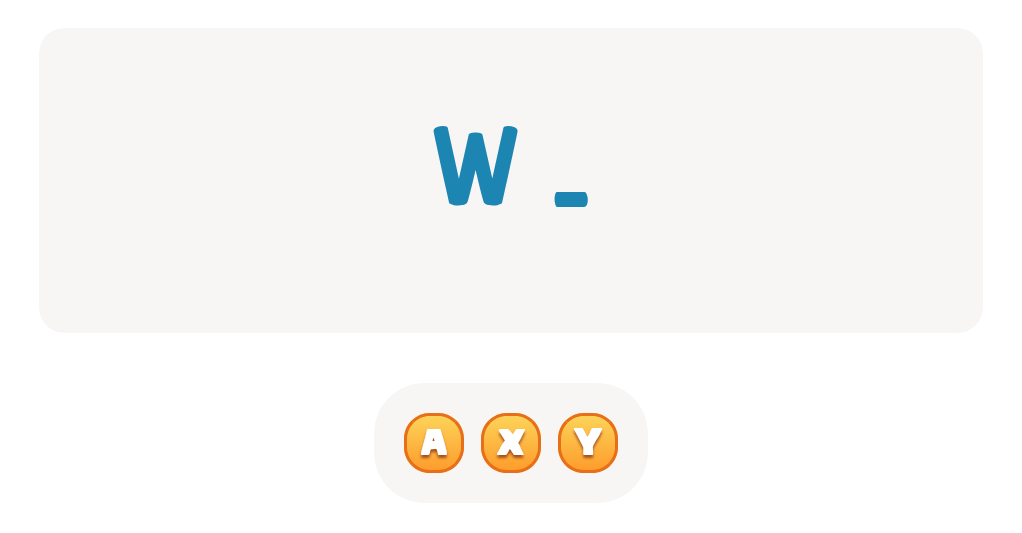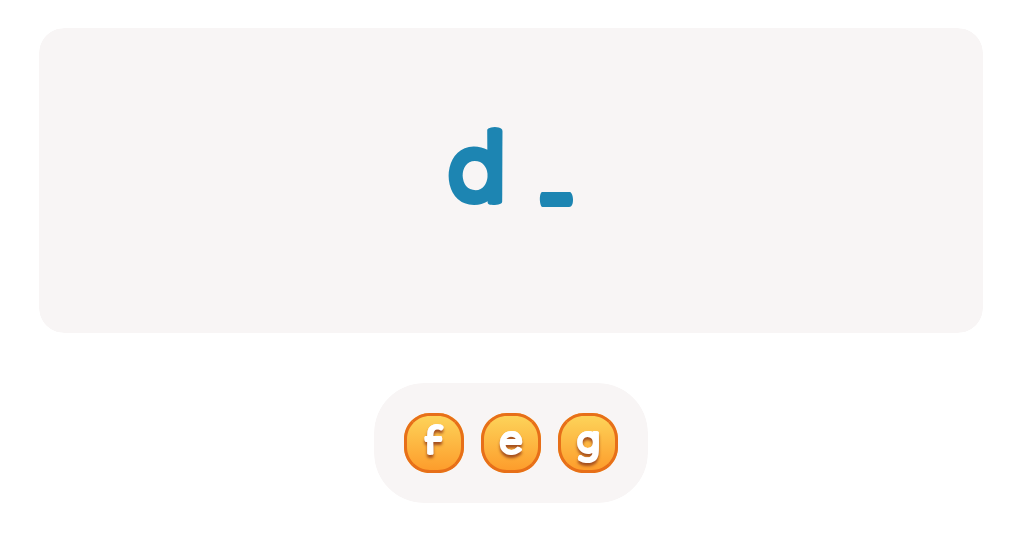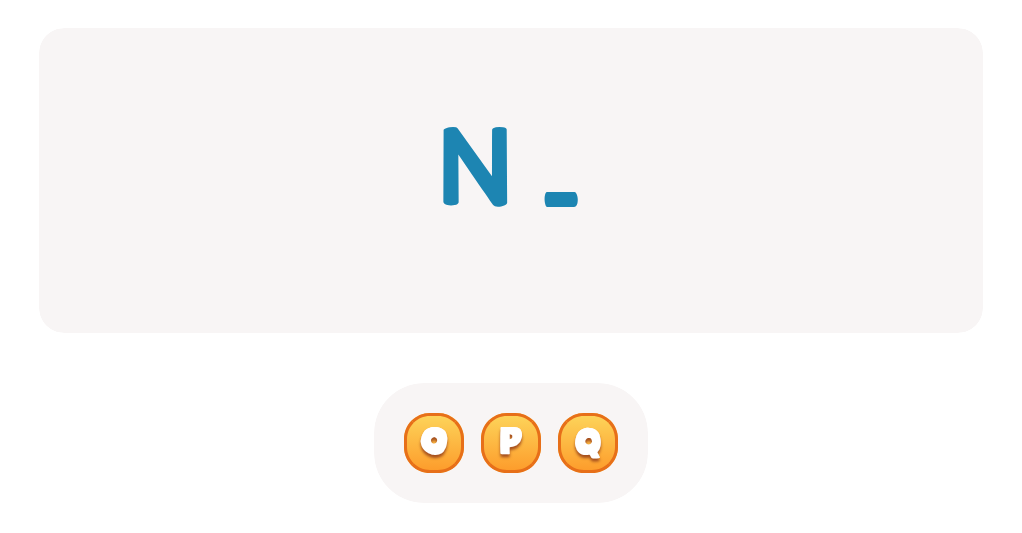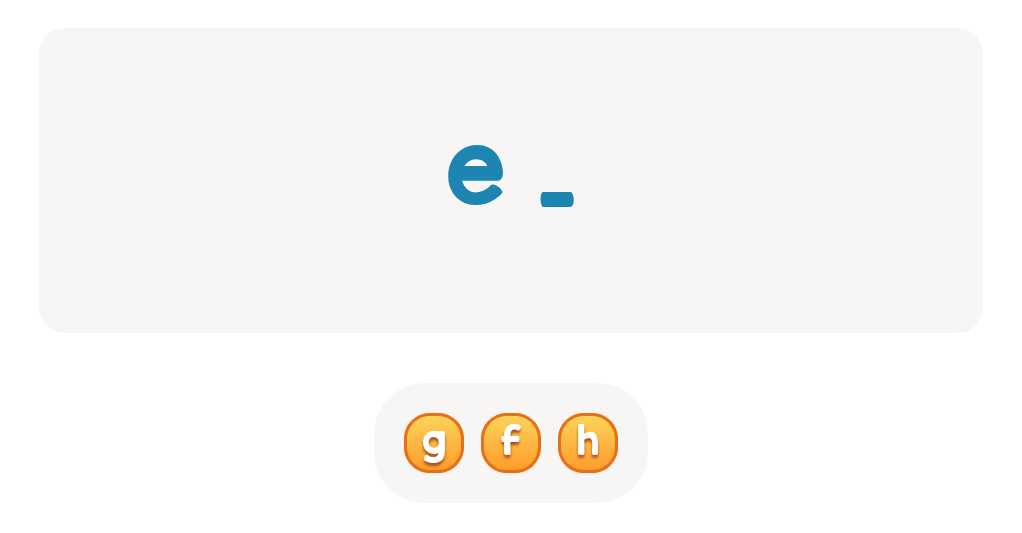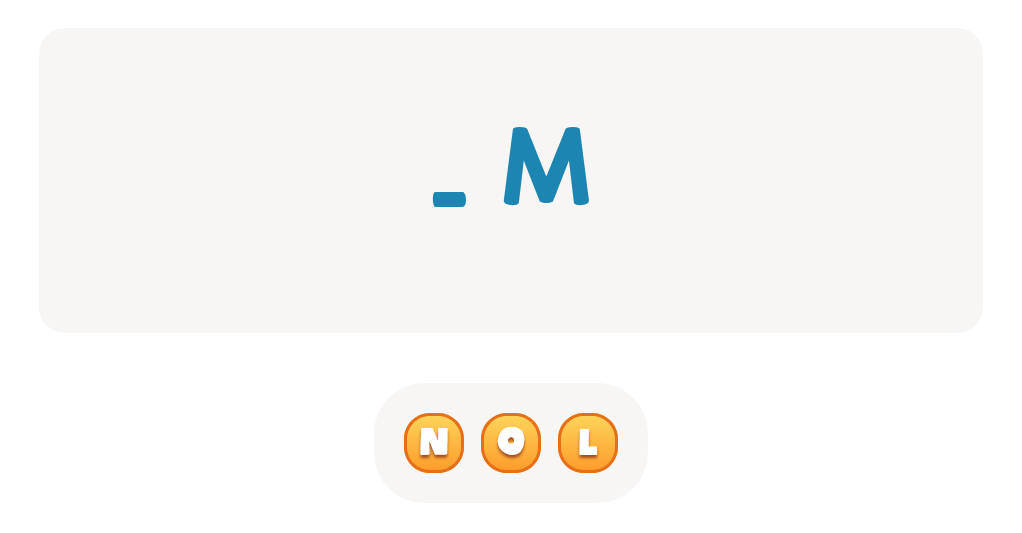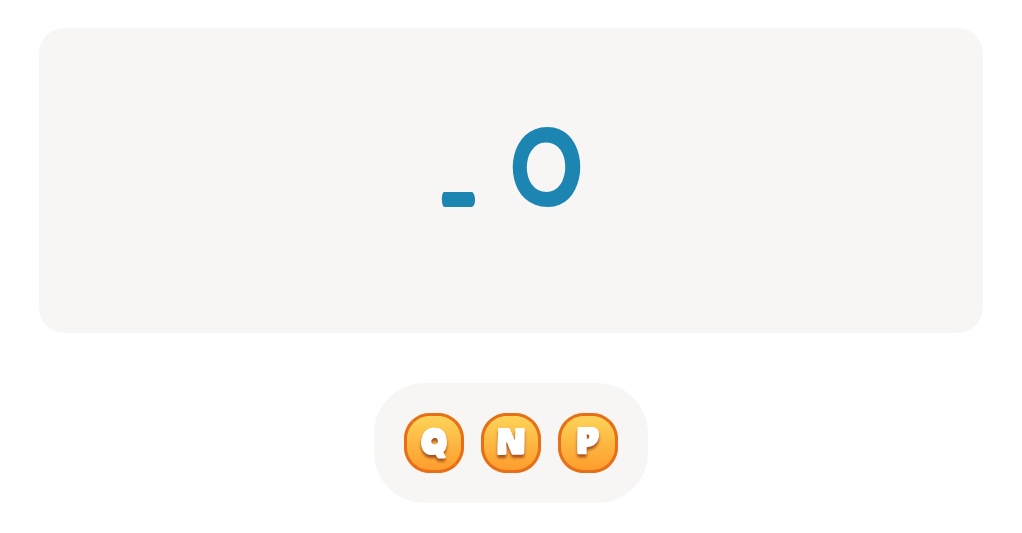Hand-eye Coordination Normal ABC Letters Worksheets for 6-Year-Olds
5 filtered results
-
From - To
Enhance your child's hand-eye coordination with our engaging Normal ABC Letters Worksheets designed specifically for 6-year-olds. These printable resources provide a fun way for young learners to practice writing and recognizing letters while improving fine motor skills. Each activity encourages trace-and-replicate exercises, helping children gain confidence in their handwriting and letter formation. With delightful illustrations and age-appropriate tasks, these worksheets make learning the alphabet a joyful experience. Perfect for at-home practice or classroom use, our hand-eye coordination worksheets ensure that your child develops essential skills that pave the way for future academic success. Download today and watch their confidence soar!
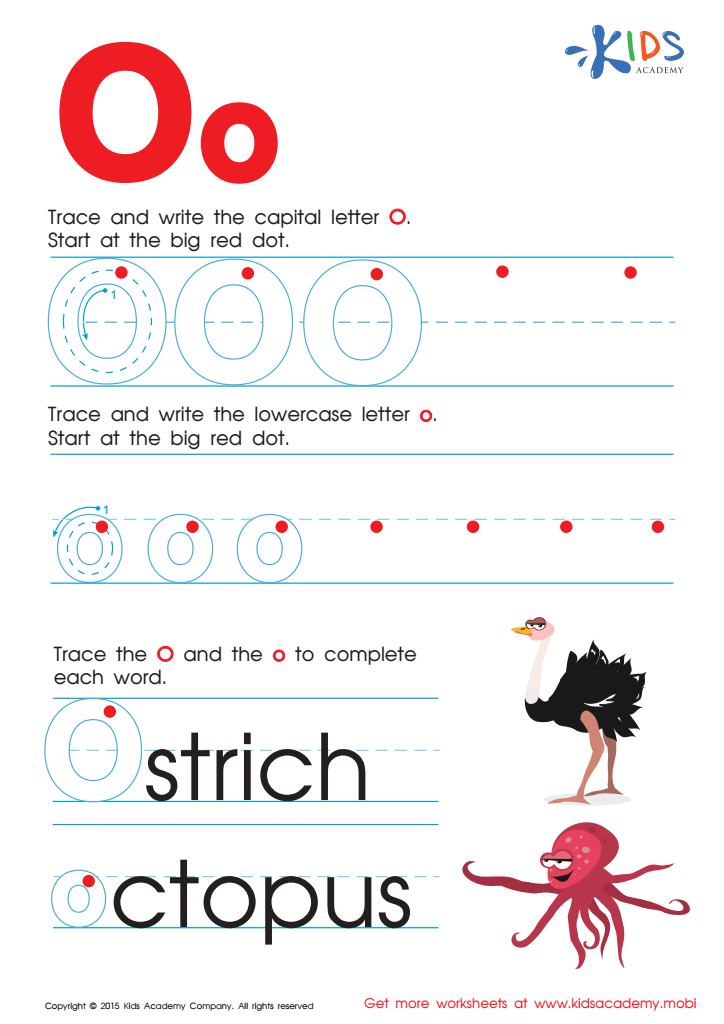

Letter O Tracing Page


Letter P Tracing Page


Letter H Tracing Page
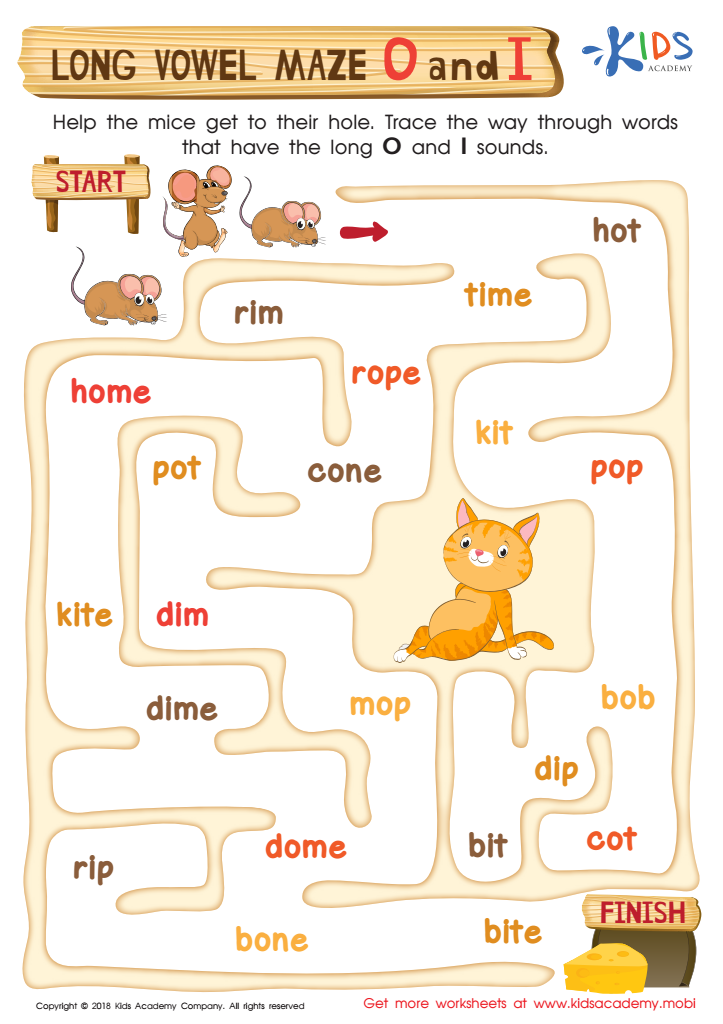

Long Vowel Maze /o/ and /i/ Worksheet


Letter D Tracing Page
Hand-eye coordination is a crucial skill that significantly impacts a child's development, particularly in early schooling. For 6-year-olds, mastering basic tasks such as writing normal ABC letters is foundational for literacy and academic success. This skill enables children to effectively connect visual inputs with precise motor outputs, thus enhancing their ability to hold a pencil, cut with scissors, or even partake in sports.
Parents and teachers should prioritize strengthening hand-eye coordination because it fosters independence and confidence in children. When kids can write their names or letters neatly, they feel accomplished and engaged. Furthermore, strong hand-eye coordination provides a solid base for future learning, enabling children to tackle more complex tasks without feeling overwhelmed.
Beyond academics, hand-eye coordination also plays a significant role in daily activities and social interactions—whether they are maneuvering toys, participating in group games, or engaging in arts and crafts. Developing these skills helps children navigate their world effectively, building their spatial awareness and critical thinking. Most importantly, nurturing coordination at this early age can prevent frustration and build a love for learning, which sets the stage for lifelong educational journeys. Thus, fostering hand-eye coordination in young learners is key to ensuring their overall growth and development.

 Assign to My Students
Assign to My Students

